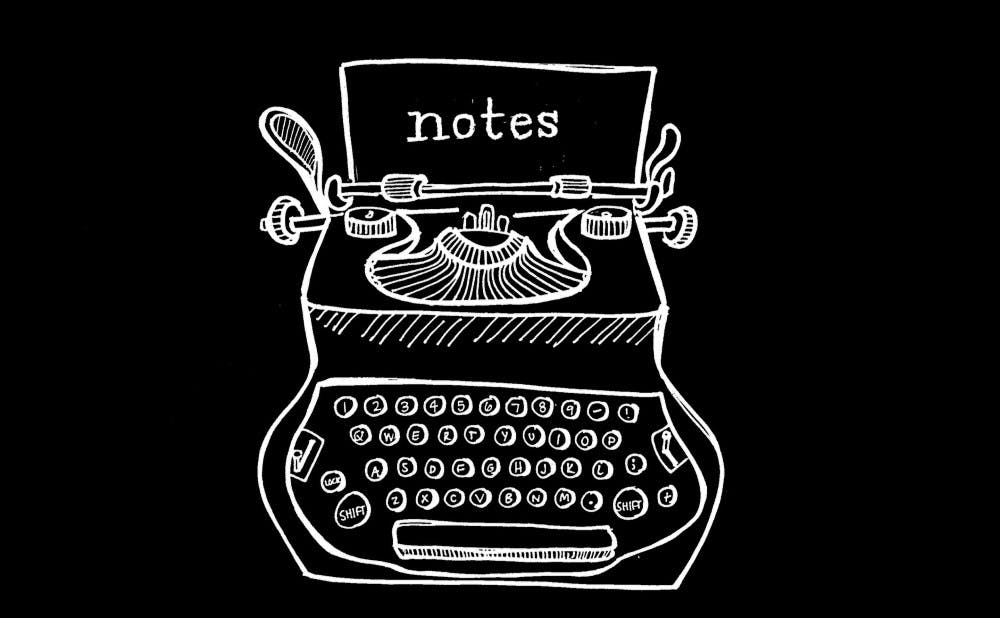I’m proud to say I was the second-chair saxophone in my middle school band. I like to conveniently overlook the fact that, as it happens, there were only two chairs to be had.
My brief flirtation with the alto sax died an early death after just three years, partially because I’d grown weary of the smell of dried spit that seemed to permeate the very walls of the band room, partially because nothing seemed a worse fate to my social status than being branded a “band kid” and mostly because I’d long since abandoned any pretense of daily practice. (The first chair was getting all the attention anyway.)
Years later, I find myself wishing I’d stuck with the saxophone at least a bit longer. Like the similarly brash banjo and accordion, the saxophone tends to get a bad rap. At best, it’s associated with the greats of jazz, like Charlie Parker and John Coltrane, who created definitive works of modern music with the horn. At worst, it’s a weapon of unbearable kitsch, an artifact of hotel lobbies and all the worst parts of the ‘80s: think Kenny G, think “Careless Whisper.” (For my part, I’m a fan of the George Michael track.) Courtney Love, ever the lightning rod of controversy, once went as far as to declare that saxophones “don’t belong in rock ‘n’ roll.”
There’s no question that the saxophone is rather eccentric. Even in its make, the saxophone distinguishes itself from other instruments: It’s classified as a woodwind because of its reed, but it’s made of brass, bridging the gap between the two classes. The saxophone’s birthdate of 1846, when it was patented by Belgian inventor Adolphe Sax, makes it a true product of the industrial era, unlike some of its literally ancient counterparts. More than any other instrument, too, the saxophone seems to mimic the human voice. This quality lends the instrument a vast range of expression — in one instance it may sound smooth and seductive, but in the next it can function as a virtual noise machine.
In the ensuing years I’ve spent exploring popular music, I’ve found that some of the most indelible moments for me have been marked by the saxophone. Rock musicians have a long history of incorporating the saxophone alongside the traditional guitar, drum and bass, and to remarkable effect. (For the sake of word count, I’ve had to make a few notable omissions — sorry, Clarence Clemons.)
In fact, the saxophone was a relatively standard component of early rock music. Rock and roll was just a scrappier version of rhythm and blues, the name given to the danceable, jazz-influenced music popularized by black artists. A typical R&B setup included piano and saxophone in addition to all the elements we now associate with rock. Jackie Brenston’s 1951 single “Rocket 88,” for example, often cited as the first true “rock and roll” record, features a blistering saxophone solo situated alongside the then-novel distorted guitar and the common 12-bar blues progression.
Eventually, as the guitar-bass-drum format solidified thanks to the British Invasion, the saxophone became the exception rather than the rule. But the instrument stands out in some occasions — notably with The Sonics, a Seattle garage rock band whose aggressive, lo-fi style presaged the punk movement that would arrive a decade later. Their 1965 debut album “Here Are the Sonics!!!” (emphasis theirs) was recorded on a two-track tape recorder and presented a menacing, overdriven take on primitive rock and roll. Listen to tracks like “The Witch” and “Psycho,” and it’s no wonder they didn’t get played on the radio. Much is made of The Sonics’ fuzzed guitars and single-miked drums, but it’s Rob Lind’s saxophone, raging behind the rhythm section, that pushes these songs to a darker realm.
Perhaps the most iconic saxophone in punk rock came in 1977 with X-Ray Spex’s “Oh Bondage Up Yours!” Embodying punk’s spirit of amateurism, Lora Logic’s sax line, which kicks off the song after a spoken intro, is decidedly out of tune. But it’s no less effective for it, elevating vocalist Poly Styrene’s feminist rallying cry from its four-chord template. Like a second vocalist, the saxophone became X-Ray Spex’s trademark on “Germ-Free Adolescents,” the band’s first (and only) album released a year later: take the squawking instrumental breakdown of “Warrior in Woolworths” or the power pop hook of “I Can’t Do Anything.” Today, X-Ray Spex has found spiritual successors in groups like Downtown Boys and Priests, both of which have successfully incorporated sax into their respective brands of punk.
By the 1980s, the saxophone solo had fully infiltrated commercial pop, and it’s likely for this reason that the sax has earned its tacky reputation. Keen on this trend was Haircut One Hundred, whose horn section and vaguely tropical theme deliberately played up the tackier elements of funk-inspired new wave. On “Love Plus One,” which peaked at no. 3 on the U.K. charts in 1982, an impossibly catchy, lounge-like saxophone riff opens the song. Since then, other artists have similarly reclaimed the instrument, including Destroyer’s Dan Bejar, whose 2011 album “Kaputt” reimagined lounge music as art pop, and M83’s hit single “Midnight City.” Meanwhile, garage rock-inspired bands continue to channel the spirit of The Sonics (see, for example, Deerhunter’s “Coronado”).
The alto saxophone I owned in middle school is long gone — when a younger neighbor started up band, I was more than willing to give it up to someone who’d put it to use more than I would — but I sometimes wonder if I’ll ever pick up the instrument again. Until then, I’ll continue to enjoy those moments in pop when a saxophone is deployed just right. And that includes “Careless Whisper.”
Will Atkinson is a Trinity sophomore and Recess Editor for 2017-18.
Get The Chronicle straight to your inbox
Signup for our weekly newsletter. Cancel at any time.

